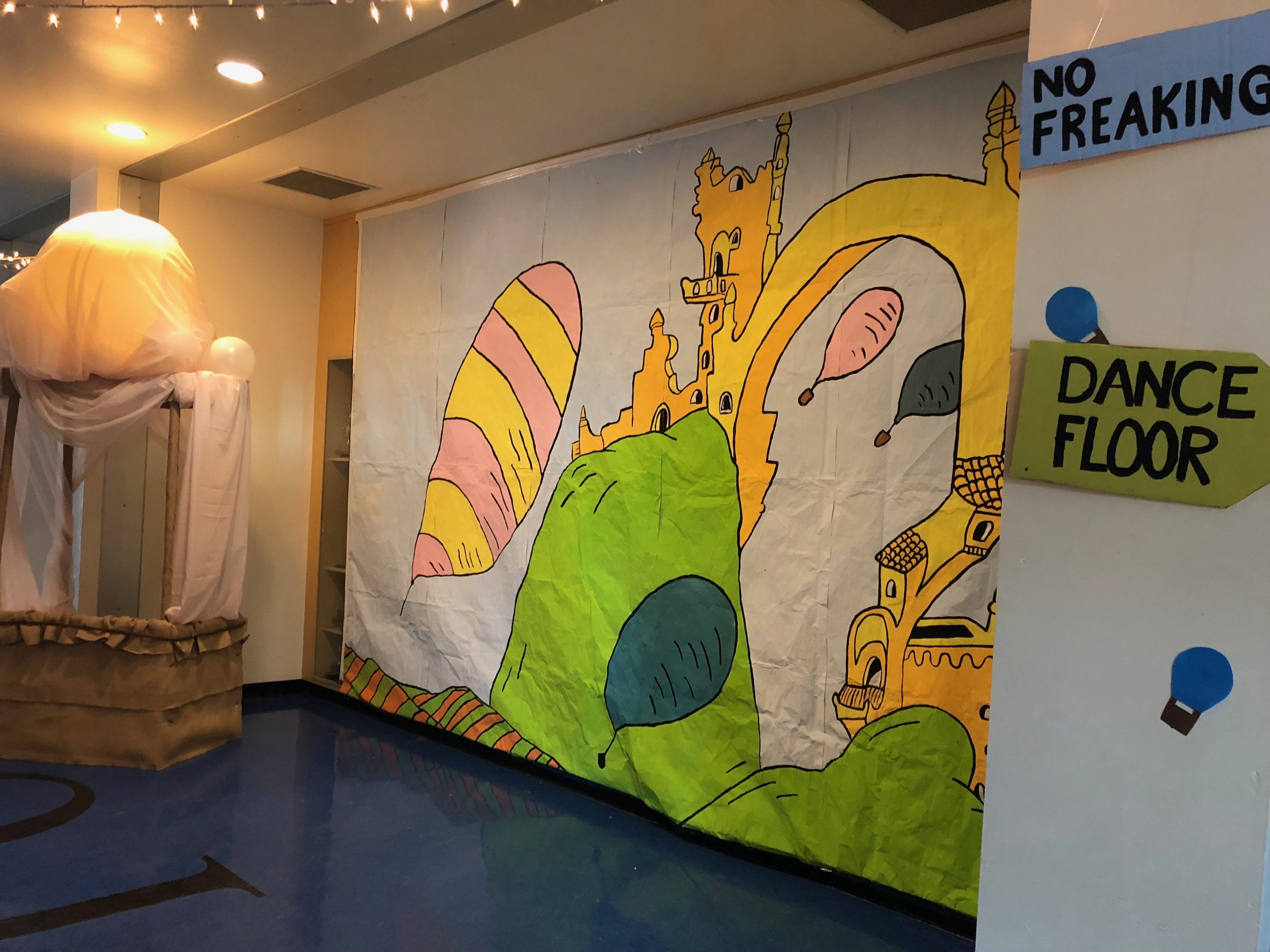Many movies portray dances as a staple of the high school experience. However, MHS has only held prom and homecoming for the last few years, Athletic Director Joanna Butcher said. It was not always like this, she added.
Butcher, who served as activities director for 11 years, said that when she started working at MHS, there was a Homecoming dance, Winter Ball, Sadie Hawkins dance, Junior Prom, Senior Prom, and an End-of-the-Year dance. However, many of these dances were discontinued as time went on, she added.
“We used to have the End-of-the-Year dance, because (the school year would) go a little bit longer into June,” Butcher said. “It was one of the biggest dances of the year because all the freshmen would want to go, and it would be the casual one. There were a lot more problems that occurred at the dance in regard to not-appropriate activities for minors, so the administration at that time ended up getting rid of that.”
The Sadie Hawkins dance, where the female students would ask out the male students, was eventually phased out because the associated student body (ASB) wanted to start moving away from the idea of Sadie Hawkins, Butcher said. A casual dance in February replaced the Sadie Hawkins dance, she added.
The Sadie Hawkins dance was moved away from because the concept wasn’t inclusive to all students, activities director Jerell Maneja said. It had the lowest turnout of all the school dances, he added.
“We also used to have a Winter Ball that would be off-site,” Maneja said. “The last time that was created, there was a low turnout, and it ended up being thousands of dollars of loss due to not enough attendees.”
It was difficult to find an affordable venue for the winter ball because there is usually high demand for holiday party venues in December, Butcher said. The Winter Ball ended up being merged with the casual dance in February, formerly the Sadie Hawkins dance, she added. Junior Prom and Senior Prom were merged because students tended to go to both, and it seemed like people were spending too much money, Butcher said.
“Next year, we are trying to install one or two more dances, including one additional one on campus,” Maneja said. “When I came in, every year, the Homecoming dance broke records. We had 750 (attendees), approached 1000 after COVID, and then now we had our 1500 record breaker, so we understand the demand is there.”
When planning dances, all students’ needs are considered, which means finding an affordable venue for students, Maneja said. It’s also a priority to ensure that all students feel welcome to come even if a dance may not be their typical scene, he said. It shouldn’t matter whether people have a date or want to dance; they should still be able to enjoy the dances, he added.
“My feeling has always been that it’s your attitude going into it,” Butcher said. “In 2012, we went up to the Scottish Rite Center. We had a couple of kids come in with Monopoly boards and cards and they had a great time. It was a side room so you could hear the music. They would go get food, they’d sit down, and they were all playing games.”
Senior Kaden Nguyen has no particular desire to see more dances, but doesn’t see any downsides either, he said. For the most part, he feels that the best part of the dances isn’t the dances themselves, but the buildup to it all, Nguyen added.
“I think (the buildup) is pretty integral because it really helps you feel like you’re a part of the school community,” Nguyen said. “You’ll see other people participating in the spirit days, and it’ll immediately build a connection for you on campus. This allows you to really venture out of your comfort zone because being able to explore these flamboyant themes can help people break out of their shell.”
For students to feel connected to the school, there needs to be an opportunity to make memories, Butcher said. When students look back on high school, they’ll remember the activities, the clubs, the school plays, the athletic events, and the school dances, she added.
“Students are finding more opportunities to call this place home,” Maneja said. “And that’s the priority of my organization, to promote school belongingness, and to define pride as not whether or not you dress up on this day, but that this is your second home and that you are happy to be here.”

